Tea Serkyem offering: Generating the merit for Compassionate Activities — especially for protection from sickness and other obstacles
In Mahayana Buddhism, we often speak the language of “Wisdom” and “Compassion” practices. Yet our frenetic, danger-filled world also necessitates “Activity Tantra,” an important “activity manifestation” of Wisdom and Compassion.
Without activity, there is no progress on the path.
Without activity, there is no safety for practicing. We immediately think of the Mother of Activity, Green Tara, and her gentle protective embrace, or of the Lord of Compassion Avalokiteshvara (Guanyin), who “hears the cries of the world” and saves us from the Ten Fears.
- For a short simplified tea offering see below.
The four activities
The four activities we refer to are
- peace
- increase
- power
- wrath.

Most of the time, we think of pacifying as the way to go to achieve Dharma objectives. Sometimes, though, obstacles to our Dharma practice require power, wrath, or increasing activities.
By way of analogy with societal issues, worthwhile objectives and causes sometimes require “wrath” in the form of peaceful demonstration; other times, the cause can benefit from fund-raising (increasing). Sometimes we rely on great motivational speakers or publicity — power activities. Just staying at home and meditating on “changing society” is sometimes not enough to make meaningful change happen.
In other words, Dharma living usually involves all four of pacifying activities, increasing activities, power activities, and wrathful activities.
Symbolically, these four activities are represented by colors. So, for example, for
- pacifying activities, we might think of White Tara
- for increasing activities Golden or Yellow Tara
- for power activities, Red Tara
- for wrathful activities Black Tara (For example, in 21 Taras: Tara 7: Tara Who Crushes Adversaries Vadi Pramardani Tara)
- Or, in general, for activities, green — Green Tara.
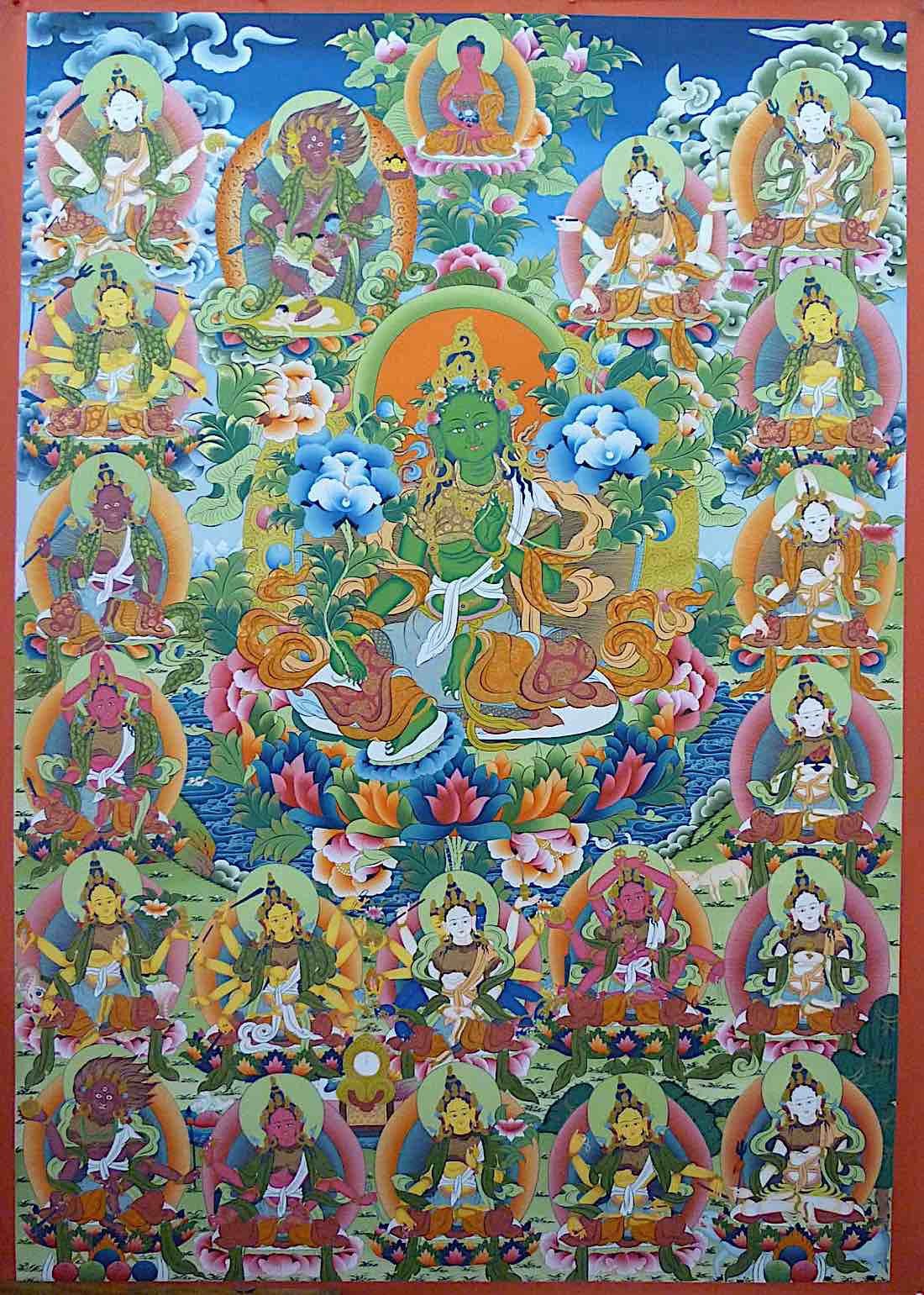
More information:
- For more on the 21 Taras according to Surya Gupta, see the three-part series>>
- For a feature on the “Many Faces of Avalokiteshvara” see>>
- For a feature on Guanyin and the Ten Great Protections, see>>
- For a feature on the 21 Taras, see>>
- For a feature on Green Tara, the savior, see>>
Countless obstacles in Samsara
We sentient beings face countless obstacles and problems in Samsara. Even the most advanced and accomplished of Yogis most cope with hindrances: sickness, exhaustion, poverty, hunger, doubt, anger, distractions, fear of death. Imagine the sole Yogi, high in the mountains, meditating for three years in a cave. Even the most advanced of Yogis need protection — and meditations always start with Taking Refuge and, later, visualizing the protective mandala. For ordinary practitioners, we likewise face endless challenges.

Practices for protection
Of course, our initial protection, in Buddhism, is always our Refuge in the Three Jewels: Buddha, Dharma, and Sangha. It might be as simple as thinking of the Three Jewels, or a formal statement of refuge, such as “I take refuge in the Buddha, the Dharma, and the Sangha.”
As problems become more difficult, we might focus our meditations on the more active forms and practices — 1000-armed Avalokiteshvara or Mahakala, as emanations of compassion — or the 21 Taras and Tara’s fiercer forms. For Higher Tantric practitioners, they might turn to Palden Lhamo, the great Enlightened Protector we metaphorically visualize as a “female cannibal.”

Removing obstacles with Serkyem
Before any daily meditation, sutra recitation, or practice, it is common first to offer hot tea dedicated to removing obstacles to our meditation or practice.
The go-to practice for removing obstacles is the “Serkyem” tea offering to the Buddhas, the Bodhisattvas, and the Enlightened Protectors, who are the ferocious manifestations of the Buddhas. Typically, we think of the Protectors for tea offerings, but many people offer hot tea and grains to their Yidam, or Green Tara and the 21 Taras. People who have a Wisdom Dakini practice, such as Vajrayogini, also commonly make a daily hot tea offering.
For serious Vajrayana practice, many of us start our daily routine with the Serkyem (Golden Nectar) offering, recognizing that we must symbolically remove obstacles to create a safe space for our meditations. The mind is calmed through the process of meditating on the “four activities” of the Protectors.
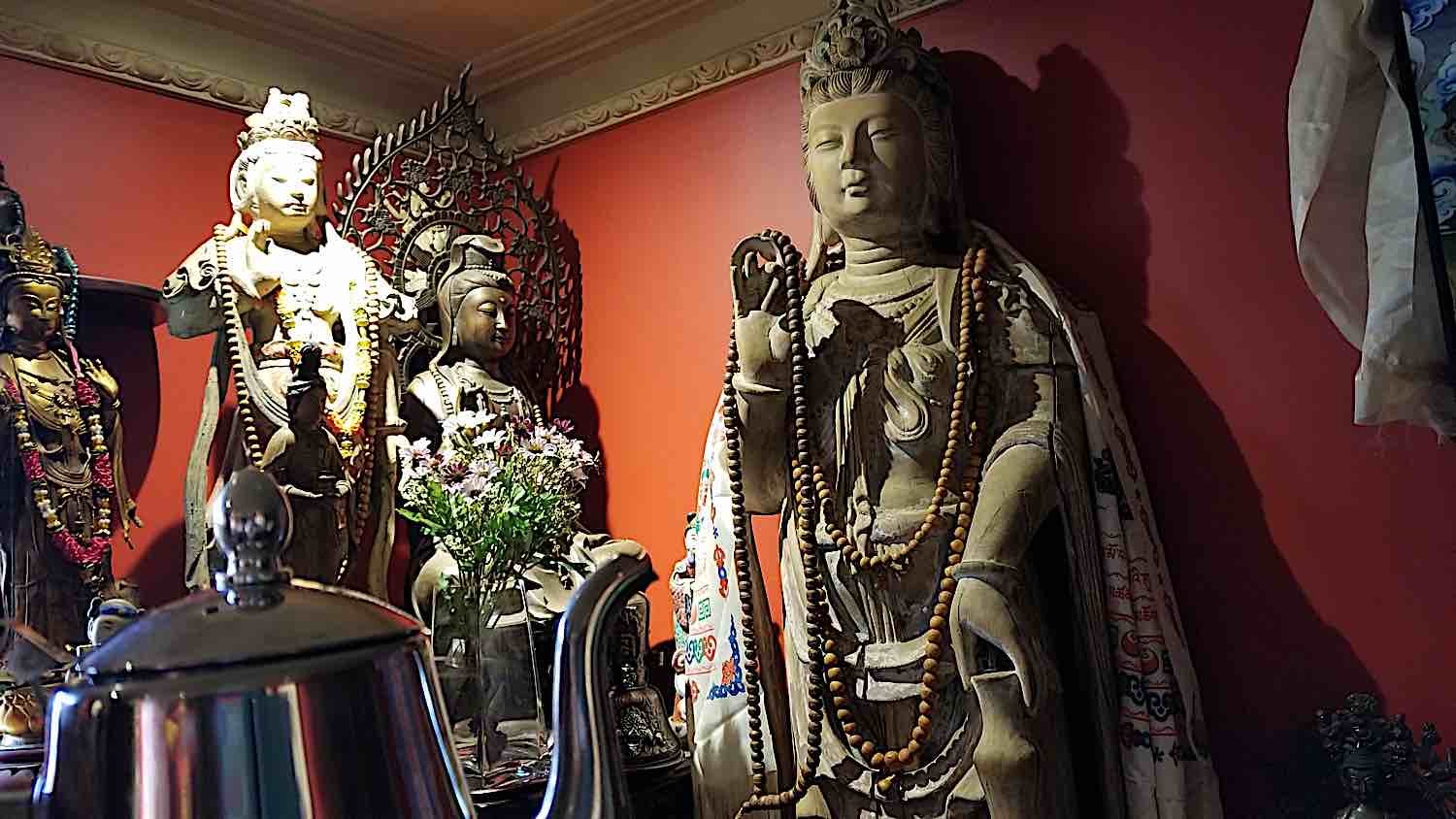
Hot activity and hot offering
The Serkyem is typically for the more wrathful deities — which visually represent the “four activities.” But many teachers have offered a simplified serkyem practice (one copied below) for peaceful Enlightened Buddhas and Bodhisattvas. In particular, Green Tara or Guanyin or 1000-Armed Avalokiteshvara — who are accessible practices to everyone — can be offered hot “activity” offerings. Green Tara and 1000-Armed Guanyin are all about activity — the activities of Compassion and Wisdom.
Protective meditations often take wrathful visual forms to symbolize ferocious, urgent activity. It’s not generally seen as literal. Palden Lhamo appears the most ferocious of female manifestations — a cannibal deity — to emphasize her ferocious power. To some practitioners, it seems psychologically inappropriate to seek protection from a serene Buddha.
To manifest activity, Buddhas can manifest in “hot” forms. Tara, the peaceful protective mother (Buddha), can manifest in a number of genuinely ferocious forms — notably in the Surya Gupta meditation on the 21 Taras. Ultimately, you can think of Tara also as manifesting as Palden Lhamo, the cannibal with the sun in her navel and the moon in her crown, riding to our aide in a black tornado. We might visualize Avalokiteshvara (Chenrezig) as fierce Black Mahakala.
Or not. If you feel more protected in the arms of beautiful Tara or Guanyin, this is your protector.
For these “hot” forms, we usually symbolically offer “hot” tea, Serkyem (Serkym) offerings, to symbolize our aspiration for quick (hot) activity (symbolized by the golden nectar offering.) We allow the hot tea to “overflow” to generate the merit of generosity and to symbolize our aspiration for abundance.
In this feature, we give the example of a tea offering that can be used daily for any for Enlightened Buddhas, Bodhisattvas, and deities.

Why Tea Offerings?
Enlightened Buddhas, Dakinis, and Protectors do not need offerings. We make offerings to generate merit — merit necessary to remove the obstacles that cloud our perception and obstruct our practice. To remove these obstacles, both the mundane — such as sickness, doubt, or poverty — we look to the “activity” of the Enlightened Buddhas. Daily “activity” offerings are typically called Serkyem — “Ser” meaning “golden” and “kyem” meaning “drink” — usually offered “hot” to symbolize quick activity or help. All monasteries, and many devout Buddhists, make tea or Golden Nectar offerings daily.
Typically, we offer water, milk, and the sensory offerings to the Enlightened Buddhas, representing peaceful wisdom and compassion. These same Buddhas emanation in wrathful or fierce forms to represent “activity” — the activity of wisdom and the activity of compassion. When we need help, we need fast activity. Serkyem (sometimes spelled Serkym) is all about activity. The offering itself connotes activity: pouring hot tea while reciting praises, allowing it to “overflow abundantly” from one bowl to the next. Overflowing activity and heated golden nectar representing both speed of help (the hotness of the tea) and overflowing compassionate help.
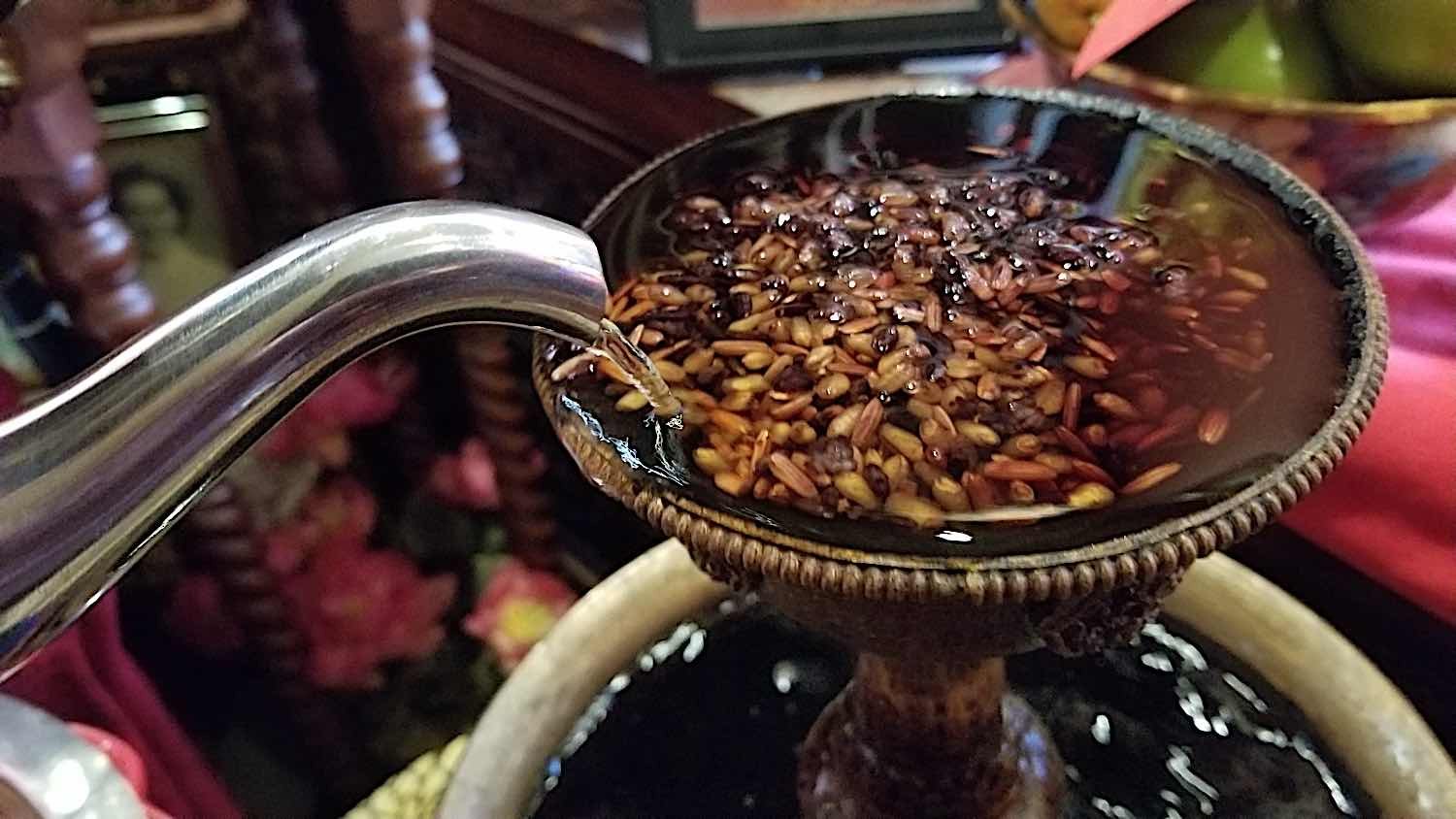
Simple Tea Offering — a How-To
Make heartfelt tea offerings to any Enlightened deities who are special to you. Traditionally, you should offer tea to the Enlightened Ones before you have your first cup of tea — but, that’s a symbolic gesture. Some of us need our tea or coffee to wake up first.
Prepare hot tea in a pot in sufficient quantity that you can pour constantly while reciting the full offering. Prepare grains to place into the cup. [See images.]
If you do not have a formal “serkyem” offering cup and bowl, you can simply but an attractive cup inside a bowl. The idea with serkyem (or serkym) is to symbolically “overflow” the golden ofering liquid (tea.)
Take refuge. Often you might recite a purifying mantra over the tea and the grains, such as Om Ah Hum. In more formal practice you will meditate on reducing the tea and grains to Emptiness and visualize them arising as purified nectar. Place the grains in the cup, then begin the simple offering.
Either use the words below, or make up your own sincere praise and offering. The words below are adapted from a longer sadhana. Your teacher will offer guidance on more formal practices, as always.
Refuge and Bodhicitta
In my heart I take refuge in the Three Jewels of Refuge,
May I free suffering creatures and place them in bliss;
May the compassionate spirit of love grow within me.
That I might complete the enlightening path.
Blessings
Meditate on Shunyata and Emptiness. Visualize the tea as glowing nectar rather than just “tea.” It can be helpful to bless the tea with any mantras you use, or simply
OM AH HUM
Grains
Start by spreading grains in your tea bowl (the center cup, not the lower bowl). Ideally, multiple types of grain. Some teachers recommend five grains.
While pouring recite
Try to pour non-stop (slowly) as you recite [but if that’s difficult, pour tea as indicated in brackets below] — or however you feel best. Use the name of your meditational Yidam or Buddha in addition to “Buddhas, Bodhisattvas, Protectors and Deities” if you prefer. (Chances are, if you have a higher Tantric practice, there’ll be an appropriate Serkyem offering — use that instead of this. This is a general purpose offering.)
Example. For Mother Tara offering you could read as, “I offer to Mother Tara and the 21 Taras, and your assembly of Buddhas, Bodhisattvas, Protectors and Deities.”
HUM —
In a beautifully shaped container filled with the essences of ingredients
Made from precious celestial substances,
This vast drink, delicious in taste,
Reddish yellow in color,
I offer to [Your Buddha, such as “Tara”] and your assembly of Buddhas, Bodhisattvas, Protectors and Deities.
[Pour tea — if you have a bell, ring with your other hand.]
I offer to the assembly of peaceful and wrathful mind-sealed deities.
Please bestow all the supreme and general attainments.
[Pour tea — if you have a bell, ring with your other hand.]
I offer to the objects of refuge, the Three Rare Sublime Ones.
Please protect me from the fearful enemies of samsara and nirvana’s peace.
[Pour tea — if you have a bell, ring with your other hand.]
I offer to the entire assembly of supporters, dakinis, and Dharma protectors. Please actualize all activities, whatever is wished for.
[Pour tea — if you have a bell, ring with your other hand.]
I offer to the assembly of siblings, the six types of transmigratory beings.
Please pacify the suffering of my mind’s hallucinated appearances.
[Pour tea — if you have a bell, ring with your other hand.]
The four actions
Multiply your fourfold actions of peace, increase, power and wrath
Increasing the life, good health, merit, glory, and wealth,
Of myself and my retinue, and these your yogis, teachers, and disciples.
Dedication
As always, finish with your dedication.
I dedicate the merit of this practice and offering to the benefit of all sentient beings.
4 thoughts on “Tea Serkyem offering: Generating the merit for Compassionate Activities — especially for protection from sickness and other obstacles”
Leave a Comment
More articles by this author
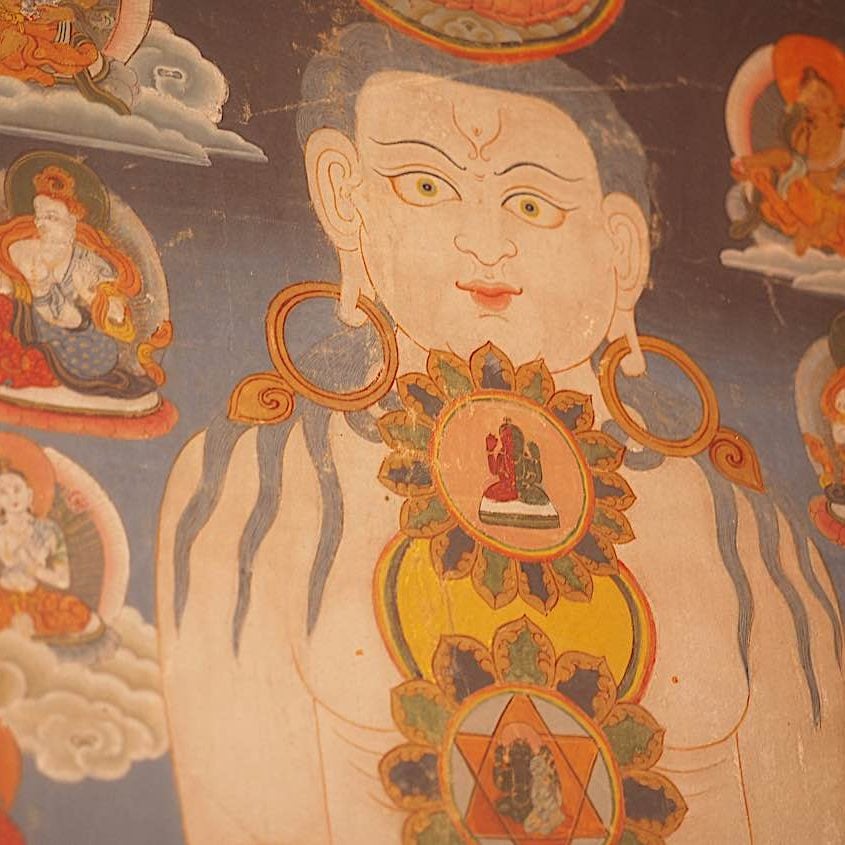
Buddhist body mandala practice in Vajrayana Buddhism — and riding the winds of the inner body “The prana goes where the mind goes.””

Offering Light for Saga Dawa Duchen and the Month of Merits: Buddha’s Birthday, Enlightenment and Paranirvana 100 Million Merit Day

Who is my Enlightened Life Protector Based on Tibetan Animal Sign Zodiac in Buddhism? According to Mewa, Mahayana tradition and Kalachakra-based astrology (with Mantra Videos!)
Search
Latest Features
Please support the "Spread the Dharma" mission as one of our heroic Dharma Supporting Members, or with a one-time donation.
Please Help Support the “Spread the Dharma” Mission!

Be a part of the noble mission as a supporting member or a patron, or a volunteer contributor of content.
The power of Dharma to help sentient beings, in part, lies in ensuring access to Buddha’s precious Dharma — the mission of Buddha Weekly. We can’t do it without you!
A non-profit association since 2007, Buddha Weekly published many feature articles, videos, and, podcasts. Please consider supporting the mission to preserve and “Spread the Dharma." Your support as either a patron or a supporting member helps defray the high costs of producing quality Dharma content. Thank you! Learn more here, or become one of our super karma heroes on Patreon.
Lee Kane
Author | Buddha Weekly
Lee Kane is the editor of Buddha Weekly, since 2007. His main focuses as a writer are mindfulness techniques, meditation, Dharma and Sutra commentaries, Buddhist practices, international perspectives and traditions, Vajrayana, Mahayana, Zen. He also covers various events.
Lee also contributes as a writer to various other online magazines and blogs.






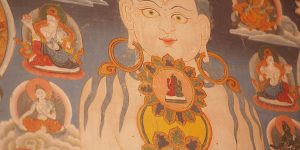



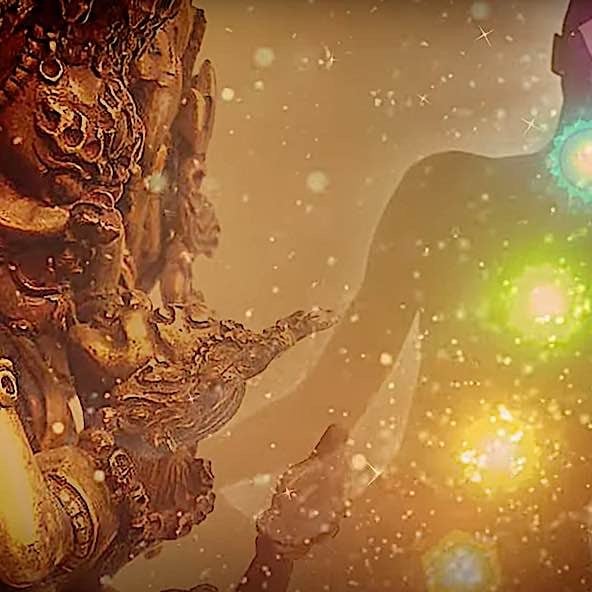





Hi, just a question – what are the six types of transmigratory beings mentioned? Thank you!
Hi TJ, thanks for reading and thanks for the question. Generally, that refers to the six types of beings in the six realms. The six realms is not meant necessarily to be literal — or complete since Buddha made it clear there are countless realms and beings and classes of beings — but more to be a “categorization.” All beings in all realms have Buddha Nature, therefore are not as “differentiated” as they seem. All beings of any type deserve our compassion. The beings mentioned in the sacred texts are (from “highest realm” to so called “lowest” — although it’s not that simple, as with all things in Buddhism) are: Devas, Humans, Asuras, Animals, Preta-Gati (sometimes called Hungry Ghosts), and Hell-beings. You can view these as symbolic or metaphorical or as literally, depending on your perceptions. Hope that helps. Om Ah Hum.
At the end of practice, do you disperse the offerings or do you leave them? When dispersing the offerings, do you spread the leftover liquid and grains outdoors in a nice place where birds and insects can eat the remains?
Hi Tom, thanks for the excellent question. Traditionally you do pour out the offering as you described, in the same way we might do for a Tsog offering. Generally, we’d avoid pouring down the sink or putting in the trash. The offering was already made when we poured the offering — so all of this is symbolic but meaningful. May all beings benefit. In kindness, Lee